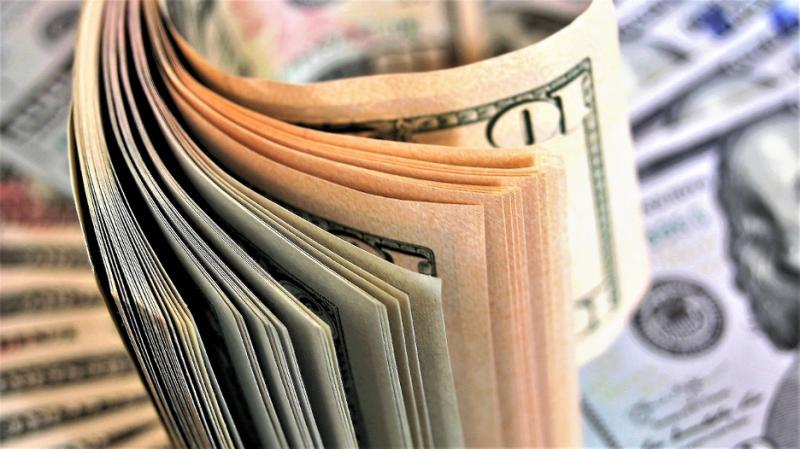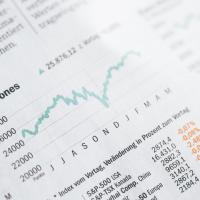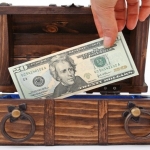Home > Investment Guide > Financial Guide
Types of Personal Loans You Can Consider

Personal loans are the amount of money you can borrow from an online lender, credit union, or bank for several purposes. These loans are either unsecured or secured, and you can pay over a certain period. You're not alone if you require personal loans to overcome a debt or financial setback. Data from The Motley Fool research shows that $11,548 is the average amount of unsecured personal loan debt in America. Before deciding to borrow the money you require, ensure you know the types of loans you can consider.
Personal loans without collateral
There are a lot of unsecured personal loans. No collateral is attached to them, like your car or home. However, this makes it more risky since it charges a higher APR than secured personal loans.
The annual percentage rate (APR) is the total borrowing cost, including the fees and interest rate. Your approval and the Annual percentage rate (APR) you get on unsecured personal loans depends on your income, credit score, and additional financial dues. Usually, the rates could be as low as 6% and as high as 36%. Regarding repayment, it could be as low as two years and as high as seven years.
Unsecured loans are usually best for one-time significant and non-discretionary expenses to help you achieve your financial goal. However, searching for loans with low monthly repayments and APR fitting your budget is best.
Personal loans with collateral
For this type of loan, you must have an asset that serves as collateral. For instance, many large banks provide personal loans backed by savings or certificate of deposit (CD) accounts. This loan type usually has low-interest rates but has a significant risk. The lender could take possession of the asset when you fail the loan repayment at the required time and then sell it to recoup what you owe the lender.
Loans for consolidating debt
This type of loan usually combines several unsecured debts like medical bills, credit cards, and any loan with a high interest into a new loan that allows you to repay monthly. Lenders specializing in credit card financing and debt consolidation usually send the loan funds to your additional lenders. This loan option is most favorable if it has a lower annual percentage rate compared to the interest you pay on your current debts. This allows you to save money to pay off the debt quickly.
Payday loan
Payday loans are express loans. Usually, the borrower pays the money on the next payday instead of installmentally. Most times, the loan amount is small. This type of loan doesn't need credit checks, thus making it very attractive to individuals with bad credit. A payday loan is an unsecured loan, but it is typically repaid on the borrower’s next payday rather than in installments over some time. Loan amounts tend to be a few hundred dollars or less.
Personal line of credit
This loan usually works like a credit card. This means individuals can access a pool of funds they can borrow from whenever needed. Unlike personal loans requiring paying interest on the total amount loaned, a unique line of credit only needs you to pay interest on the amount you draw.
A personal line of credit is quite suitable for individuals who require a safety net they can access when they need funds. This loan type usually has varying rates and is secured by banking assets such as savings or certificates of deposit. However, you can find unsecured options with smaller banks or online lenders.
Variable-rate loans
The variable rate loan has a fluctuating interest rate. With time, the monthly repayment could either go up or down if the banks established benchmark changes. As rates rise, your monthly payments also rise. Though budgeting for variable-rate loans can be challenging, the rates are sometimes lower than those of fixed-rate loans. Usually, variable-rate personal loans are best only if you wish to borrow money for a short period.
Fixed-rate loans
The interest rate would not change during the repayment term in the fixed-rate loan type. This means that the monthly repayment for the loan duration is the same. Usually, a part of the payment goes to the principal and interest every month. Many personal loans are in this category. A benefit of this loan type is that it is easier to work the repayment into your spending plan since it doesn't change with time.
Holiday loans
This type of loan is similar to traditional and unsecured personal installment loans and is made explicitly for financing holiday-related expenses. You can use a personal loan for these expenses, but some lenders do provide exclusive benefits of deals for holiday shoppers who need a loan. Holiday loans are best when you need small loans, qualify for low rates, and are confident you can repay in full and on time. Otherwise, you could pay more interest accrual than you spent on expenses and gifts.
Buy now, pay later loans
This is a type of loan that lets consumers purchase without paying the total price of purchase upfront. In its place, the balance is cut into payable installments, either weekly or biweekly. You can get these loans through mobile applications such as Affirm, Klarna, and Afterpay. You can be approved for the loan type if you can pay back the loan. Usually, lenders review the consumer's bank activity and conduct a credit check that won't affect your credit score.
Credit card advance loans
This loan allows you to get a short-term cash loan from an ATM or bank with your credit card. While convenient, it is expensive. The interest rates are much higher than loans for purchases. Additionally, you will have to pay cash advance fees, usually flat amounts or around 5% of the money you borrowed.
Endnote
There are a multitude of personal loans easily accessible to consumers. You should conduct careful research and compare loan products and lenders. Carefully finding the best loan ensures your monthly repayment is low and reduces the risk of default.
More to Read:
Previous Posts:




